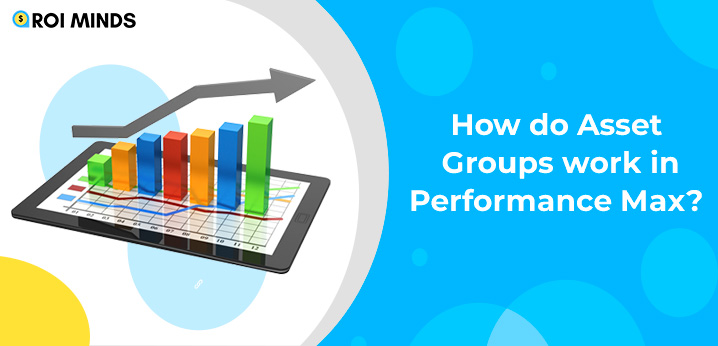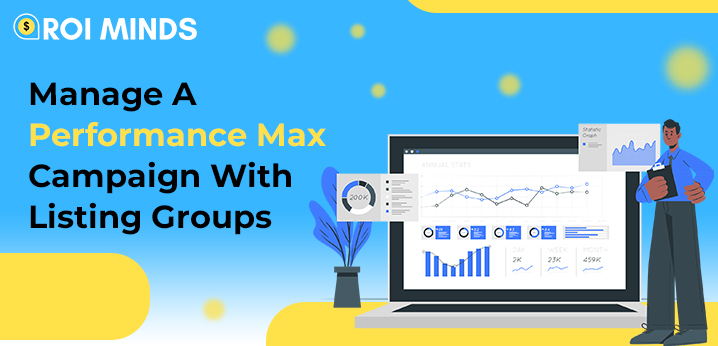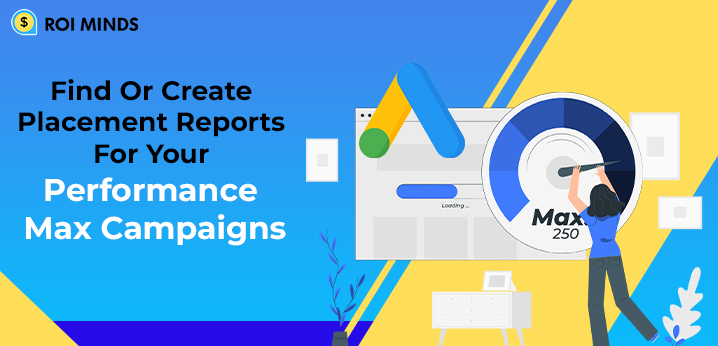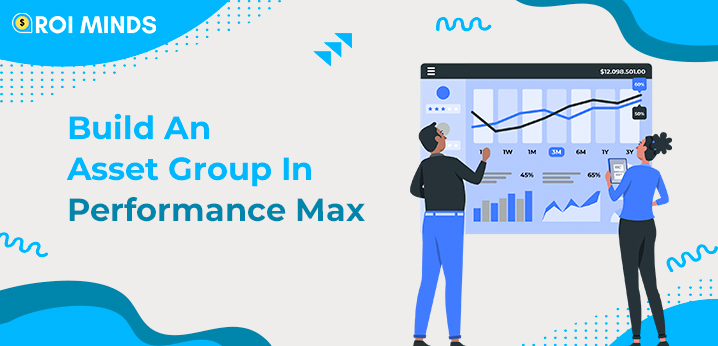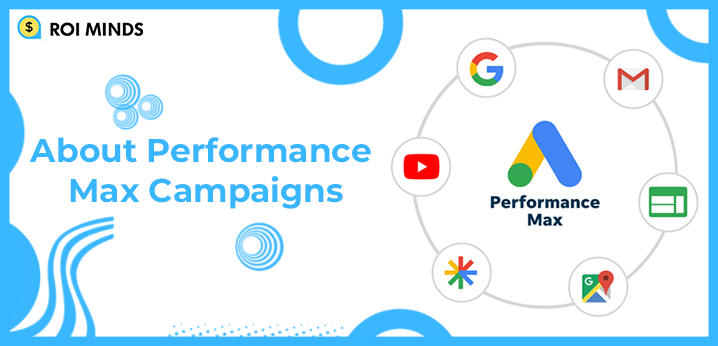Performance Max Campaigns bring about many additional features in Google Ads, such as asset-based groups and asset-rich ads. A significant difference between Performance Max and traditional campaigns is “Automation.”
Performance Max Campaign is an automated campaign that works on a machine-learning model to optimize asset groups.
What Is An Asset Group?
Asset groups are identical to ad groups (keywords & ads) and are a collection of creatives, including images, videos, headlines, long headlines & descriptions. Asset groups use audience signals for targeting. Herein, your ad is served on Google Ad Channel ( Youtube, Gmail, Search, and others).
Each Campaign must have at least one asset group, but there is a limit of 100 asset groups per Campaign. You can create different asset groups for different URLs.
How Does Asset Group Work?

You can use asset groups to build an inventory for all types of ad formats. Each asset in an asset group can be mixed with any other asset from that group to develop ads that serve throughout Google Search, YouTube, Gmail, Google Maps, Display, Discover feed, and Google partner websites.
The next critical step in the Performance Max campaign is “Audience Signals.”
Audience Signals can be thought of as audience suggestions that let Google know who we believe the ads are best suited for. After that, you will create an asset for a particular audience, and in combination, it helps Google to find the best customers. If we use asset groups and audience signals correctly, we can get the best campaign performance same as Performance Max campaigns. Doing so can increase customer engagement and possibly double your ROAS and conversion rate.
You can tell Google the kind of audience profile you wish to reach by developing an audience signal. But keep in mind that Google uses audience indications as a starting point.
You can help Google determine the ideal audiences to convert by providing a general notion of people you think you want to target. Each asset group’s audience signal will be distinct.
Custom Segments
This enables you to target people based on their search activity, downloaded apps, or websites they visit that you don’t own (this is the closest we go to employing keywords for targeting once more!). This indicates that you are no longer required to spend to rank highly in the SERPs.
When you build a custom segment, you must enter the keywords under people who searched for any of these terms on Google.

